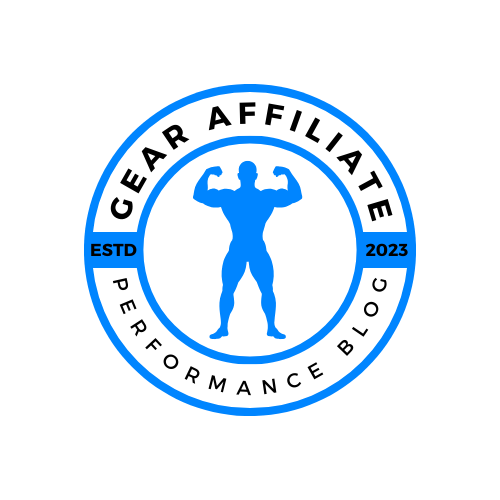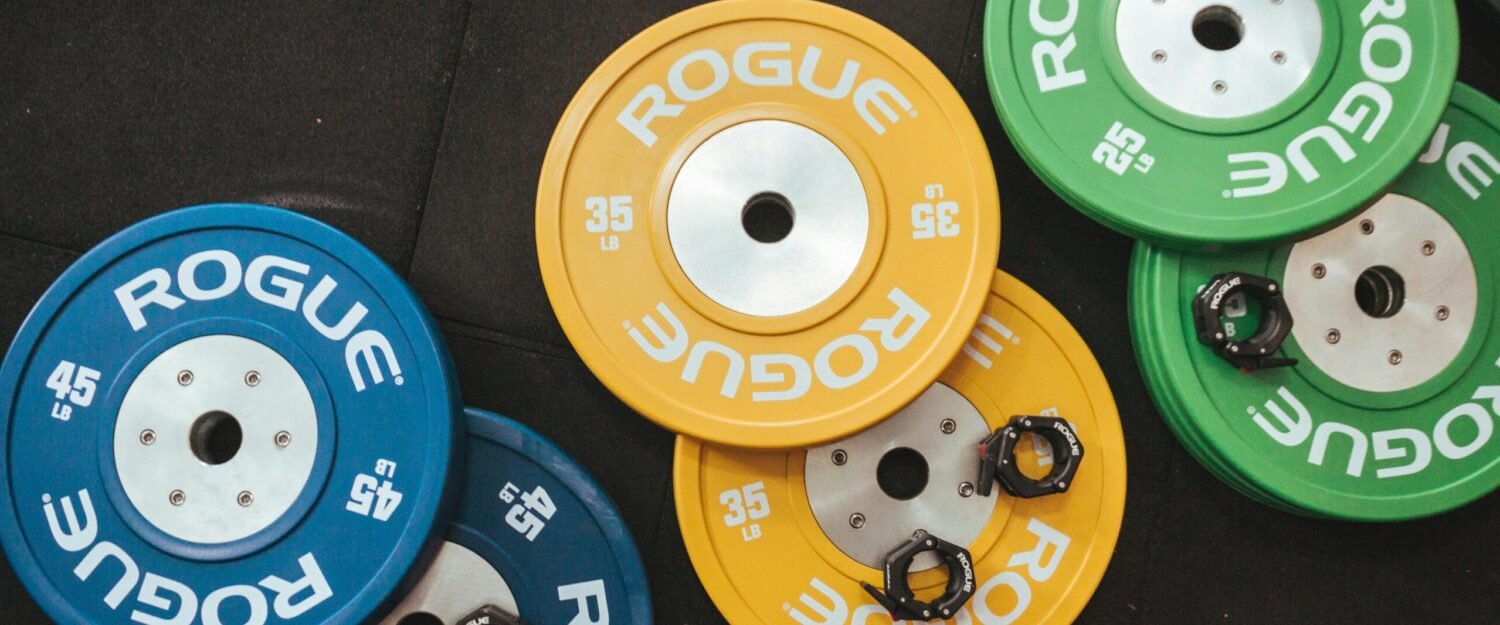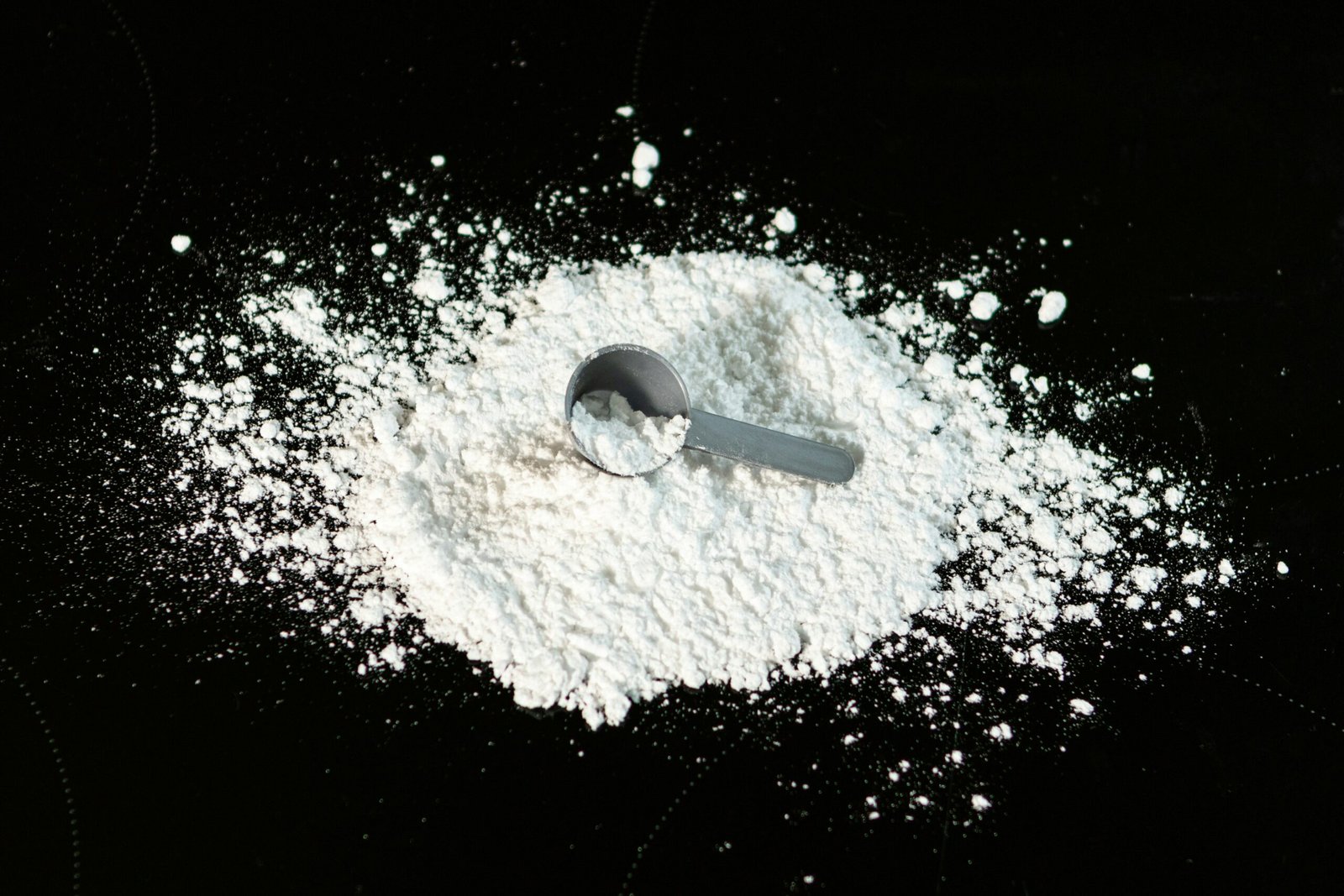Written by our supplement testing crew
Built for lifters, athletes, and anyone serious about what they put in their body—this guide is written by real coaches who prioritize performance over hype.
- What Is Creatine Monohydrate?
- How Creatine Works in the Body
- The Benefits of Creatine Monohydrate
- Common Myths About Creatine (Debunked)
- How to Take Creatine (Dosing Breakdown)
- Creatine Forms: Why Monohydrate Still Reigns
- Our Recommended Pick: Nutricost Creatine Monohydrate
- Final Thoughts: Should You Take Creatine?
What Is Creatine Monohydrate?
Creatine monohydrate is one of the most researched and trusted supplements in sports nutrition. It’s a naturally occurring compound found in small amounts in foods like red meat and seafood—and even synthesized by your own body. But in supplement form, it becomes something much more powerful.
At its core, creatine is made from three amino acids: arginine, glycine, and methionine. Your body stores most of it in your muscles as phosphocreatine, which plays a critical role in energy production—specifically in creating adenosine triphosphate (ATP), the energy currency your muscles use for explosive efforts like heavy lifts or sprints.
When you supplement with creatine monohydrate, you’re increasing your muscles’ phosphocreatine stores. This gives your body the resources to regenerate ATP faster during short bursts of intense exercise—exactly the kind of work that builds muscle, strength, and power.
How Creatine Works in the Body

To simplify: creatine helps your body produce energy faster.
During heavy sets of squats or a tough wrestling match, your ATP levels drop fast. Supplementing with creatine helps replenish ATP more quickly, which means:
- More reps before failure
- Heavier lifts during top sets
- Shorter recovery time between bouts of effort
And over time, that adds up. More training volume = more gains.
Creatine doesn’t just give you more energy—it changes how your muscles grow. It draws water into the muscle cells, which increases cell volume (this is partly why you’ll feel “fuller” on creatine), and it also appears to boost satellite cell signaling, which supports muscle fiber growth over time.
The Benefits of Creatine Monohydrate
Whether you’re a serious athlete or just trying to maximize your training, creatine can deliver measurable improvements across several areas:
1. Increased Strength and Power Output
This is the headline benefit. Dozens of studies show creatine improves max effort and short-duration work, especially in resistance training. Expect better performance in compound lifts like squats, deadlifts, and bench presses.
2. More Muscle Mass
Creatine helps you train harder, recover faster, and retain more water inside the muscle cells, all of which contribute to bigger, fuller muscles. Combine this with a good training program, and you’ll notice size increases in just a few weeks.
3. Faster Recovery
Supplementing with creatine has been shown to reduce muscle soreness and inflammation markers post-exercise. That means you can bounce back quicker from hard sessions—ideal for lifters, fighters, or athletes on a tight schedule.
4. Cognitive and Brain Health Benefits
Emerging research also points to improvements in memory, reaction time, and overall cognitive function, especially during periods of sleep deprivation or mental fatigue. While not its main selling point, this is a bonus for those who train and study or work long hours.
5. Safe and Well-Studied
Creatine monohydrate is not a new gimmick. It’s been tested in hundreds of peer-reviewed trials, and when taken correctly, it’s safe for healthy individuals with no negative effects on kidney or liver function.
Common Myths About Creatine (Debunked)
Let’s address a few common concerns and misunderstandings that still pop up in locker rooms and online forums:
❌ “Creatine is a steroid”
Nope. Creatine is not a steroid, and it has no hormonal impact. It’s naturally found in food and your body already produces it—it just doesn’t produce enough for high-performance training demands.
❌ “Creatine causes kidney damage”
This myth won’t die. But here’s the truth: long-term studies show no harm to healthy kidneys. If you have pre-existing kidney issues, talk to your doctor—but otherwise, creatine is safe.
❌ “Creatine makes you bloated”
Not really. It does increase intracellular water, but that’s inside the muscle cells—not under your skin. You’ll look and feel more pumped, not puffy.
How to Take Creatine (Dosing Breakdown)
There are two standard ways to supplement:
Option 1: Loading Phase (Not Necessary For Everyone)
- 20g per day (split into 4 doses of 5g) for 5–7 days
- Followed by a maintenance dose of 3–5g per day
This approach saturates your muscles quickly and can potentially lead to faster initial results. (For most people, however, we find that this isint always necessary)
Option 2: No Loading
- Just take 3–5g per day from the start
This slower method will reach full saturation in about 3–4 weeks but works just as well over time.
Mix with water or any drink of your choice—preferably around training.
Creatine Forms: Why Monohydrate Still Reigns
While you’ll see “micronized creatine,” “creatine HCL,” and even “creatine ethyl ester” on shelves, creatine monohydrate is still the gold standard. It’s:
- The most researched
- The most affordable
- And equally or more effective than most “fancier” forms
Unless you have specific digestive issues with monohydrate (which is rare), stick to the classic.
Our Recommended Pick: Nutricost Creatine Monohydrate
Nutricost Creatine Monohydrate Micronized Powder
Nutricost Creatine Monohydrate Micronized Powder 500G, 5000mg Per Serv (5g) – 100 Servings, 17.9 Oz
If you’re wondering where to buy creatine that’s effective, affordable, and clean—Nutricost is our top pick.
Why We Recommend It:
- Micronized creatine monohydrate for better mixing and absorption
- No fillers, artificial ingredients, or unnecessary additives
- Each scoop delivers a full 5g of creatine
- Comes in a 100-serving tub—enough for over 3 months of daily use
Nutricost Creatine Monohydrate Micronized Powder
- 500g per container
- 5g per serving
- 100 total servings
- GMP-certified manufacturing and third-party tested
This is a pure, no-nonsense creatine that gets the job done. And it’s available at a competitive price point compared to bigger-name brands that often charge more for the same thing.
Final Thoughts: Should You Take Creatine?
If you’re serious about improving strength, recovery, and training performance—yes. Creatine is one of the few supplements that actually delivers on its promises.
It’s safe. It’s effective. It’s affordable. And it works for almost everyone—from lifters and fighters to weekend warriors and anyone trying to maximize their workouts.
Whether you’re bulking, trying to break through a plateau, or just looking to get more out of your gym sessions, creatine monohydrate deserves a spot in your supplement stack.
If you found this post to be helpful, then you may be interested in the rest of our blog page here.
Discover more from GearAffiliate
Subscribe to get the latest posts sent to your email.




4 thoughts on “Creatine Monohydrate: What It Is, How It Works, and Why You Should Consider It”
Comments are closed.